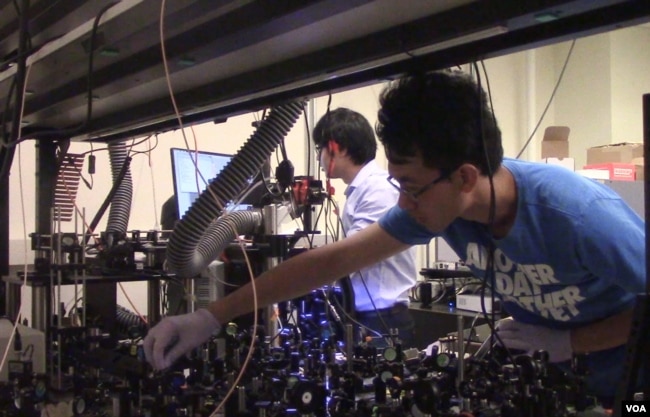JimBowie1958
Old Fogey
- Sep 25, 2011
- 63,590
- 16,753
- 2,220
THE "QUALCOMM TRICORDER X PRIZE" CHALLEGES MEDICAL SCIENCE TO DEVELOP A STAR TREK-LIKE MEDICAL TRICORDER WITH A $10 MILLION PRIZE - PBT Consulting
Somebody will eventually do this, especially given the development of devices that can produce T-Waves.
Science and technology research news | Scientists develop tricorder Star Trek technology
In the future, youll be able to figure out whats wrong with you (or your child) simply by scanning them with your cell phone. In the present, two companies are racing to make the first prototype.
The medical tricorder, a handheld device in the Star Trek universe used to diagnose diseases and keep track of vital signs, once seemed a sci-fi impossibility alongside teleportation and alien encounters. Not anymore. The $10 million Qualcomm Tricorder X Prize, officially announced this week, challenges entrants to create mobile platform that can accurately diagnose 15 diseases across 30 patients in three days. We caught up with two startups--Senstore and Scanadu--that think they can pull it off.
Somebody will eventually do this, especially given the development of devices that can produce T-Waves.
Science and technology research news | Scientists develop tricorder Star Trek technology
Scientists have developed a new way to create electromagnetic Terahertz (THz) waves - the technology used behind full-body security scanners, at a more efficient and continuous wavelength. Also known as T-waves, the new waves could be used to create medical scanning gadgets and possibly lead to innovations similar to the fictional tricorder used in the TV series Star Trek.
Researchers from the Institute of Materials Research and Engineering (IMRE), a research institute of the Agency for Science, Technology and Research (A*STAR) in Singapore, and Imperial College London in the UK, have made the T-rays into a much stronger directional beam that was previously possible at room temperature conditions. This has paved the way for smaller, more useable T-ray systems that could be incorporated into a portable sensing, computing and data communications device such as the Star Trek Tricorder.


